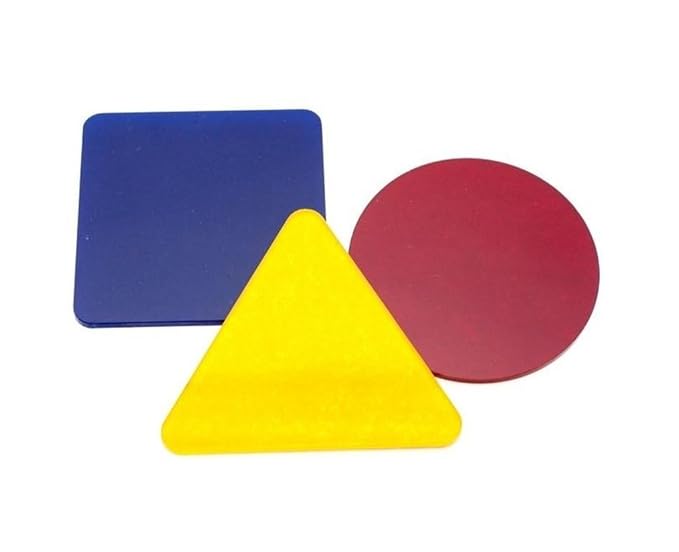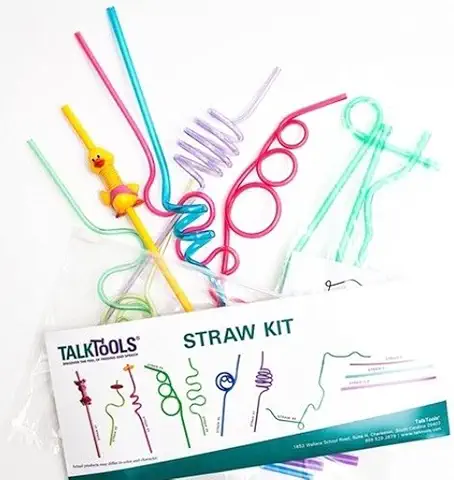Oral Placement Therapy is a specialized form of speech therapy that targets individuals with speech clarity difficulties through a unique combination of auditory, visual, and tactile stimulation to the mouth. OPT goes beyond traditional therapy methods by addressing placement and movement deficits, making it an essential tool for individuals with motor and sensory impairments. This therapy helps improve articulation, stability, and muscle memory, critical components in developing speech clarity.
In this article, we will dive deep into the principles of OPT, how it works, the types of clients who can benefit, and much more. We will also give credit to Talk Tools, as their insights play a crucial role in the development of this technique.
What is Oral Placement Therapy ?

Oral Placement Therapy (OPT) is an approach within speech therapy designed to address speech clarity difficulties in individuals with placement and movement deficits. What sets OPT apart is its focus on tactile, auditory, and visual stimuli that help improve oral motor skills. These skills are critical for clear speech production, making OPT an important tool for therapists who work with clients struggling to make progress through traditional auditory and visual therapy methods alone.
The Importance of OPT in Speech Therapy
OPT offers a unique benefit by providing a tactile-proprioceptive element of speech therapy, something not typically found in traditional methods that rely mainly on auditory and visual feedback. For individuals with motor or sensory impairments, the act of speech is tactile-proprioceptive in nature. This means that they require more than just hearing and seeing speech sounds—they need to feel them.
Check this —Top 10 opt tools
Incorporating tactile feedback enables clients to build greater awareness of their speech mechanisms, improve stability in their articulators, and develop necessary muscle memory for clearer speech.
Understanding Tactile-Proprioceptive Speech Therapy
Speech is a complex motor act that relies on the accurate movement of the oral structures, including the lips, tongue, and jaw. For clients with motor deficits, the proprioceptive feedback (the sense of position and movement) is diminished. This lack of awareness in the muscles needed for speech can make it challenging for these individuals to articulate clearly.
OPT addresses this gap by adding tactile stimulation that enhances proprioceptive feedback. It’s a hands-on approach where therapists might use tools such as straws, bite blocks, and other tactile devices to stimulate the oral structures.
The Key Components of OPT
OPT combines three forms of stimuli:
- Auditory Stimulation: Hearing the correct sounds being produced.
- Visual Stimulation: Watching the correct oral movements.
- Tactile Stimulation: Feeling the correct movements inside the mouth.
These three elements work in tandem to help clients who struggle with auditory or visual feedback alone.
Articulator Awareness and Muscle Memory
A key aspect of OPT is helping clients build articulator awareness. This refers to an individual’s ability to recognize where and how their oral structures (tongue, lips, jaw) should move to produce clear speech sounds. Over time, this awareness, combined with consistent practice, leads to muscle memory, allowing clients to produce speech sounds more effortlessly.
OPT vs. Traditional Speech Therapy
Traditional speech therapy typically relies on auditory and visual cues to guide clients toward better speech production. While effective for many individuals, it falls short for clients with motor or sensory impairments because they may not be able to replicate these cues accurately without tactile feedback.
OPT complements traditional methods by focusing on oral placement through tactile cues, bridging the gap for those who haven’t had success with conventional techniques.
Which Clients Can Benefit from oral placement?
OPT can benefit clients across various age groups and ability levels. It’s particularly helpful for individuals who have motor and sensory deficits impacting their speech production.
Apraxia
Feeding difficulties
Down Syndrome
Autism Spectrum Disorder
Cerebral Palsy
Developmental Verbal Dyspraxia
Post-stroke dysarthria
Common Speech Disorders Treated with this therapy
OPT is used to treat a wide range of speech disorders, including:
- Dysarthria: A motor speech disorder where muscles used for speaking are weak or difficult to control.
- Apraxia of Speech: A motor planning disorder where the brain struggles to plan and execute the movements needed for speech.
- Voice Disorders: Issues with pitch, volume, or quality of the voice.
- Fluency Disorders: Such as stuttering.
- Post-Stroke (CVA) Clients: Individuals recovering from strokes often benefit from OPT, especially if their motor control has been affected.
How OPT Assists Clients with Sensory Processing Issues
For clients with sensory processing issues, including those on the autism spectrum, OPT provides essential tactile feedback that helps them become more aware of their oral movements. This awareness can improve their ability to produce clearer speech sounds, as they learn to better control the articulatory muscles involved in speech.
Age Range
OPT is not limited to children. While many clients are young, adults can also benefit from this therapy, especially those recovering from strokes or other neurological events that impact speech.
How Does it Work?
OPT teaches clients how to properly position their oral structures to produce speech sounds they may have difficulty imitating through auditory or visual means alone.
Assessing Motor and Feeding Skills for placement
Before beginning OPT, it’s essential to assess a client’s motor and feeding skills to identify any deficits in oral structure movement. This assessment allows the therapist to design a targeted intervention plan to address the client’s specific needs.
Practical Activities
Some common activities used in OPT include:
- Blowing exercises: To build oral air control.
- Bite blocks: Used to stabilize the jaw.
- Straw drinking tasks: To improve lip and tongue strength.
- TalkTools Apraxia Bilabial Shapes: These shapes are great tactile cues for developing speech sounds in children.
These exercises help stimulate the necessary movements for clearer speech production.
Read this article- single-words-to-meaningful-language
How Long Does Each Session Last?
OPT exercises are designed to be quick and effective, usually taking less than 15 minutes per session. These activities can also serve as a sensory processing break, refocusing the client’s attention on speech goals.
Integrating OPT into a Comprehensive Therapy Program
OPT should not be used as a standalone therapy. Instead, it should be integrated into a broader speech and language therapy plan that addresses all aspects of the client’s communication challenges.
Collaboration with Other Therapies
Many clients benefit from combining OPT with other forms of therapy, such as speech sound disorders therapy or sensory integration techniques. Working together with other therapies ensures that all aspects of the client’s speech and communication development are addressed.
FAQ
1. When should I choose for this therapy?
If your child is not speaking after months or years of traditional therapy, ask your therapist to check the oral placement needs.
2. How long does this therapy take?
Each OPT session typically lasts less than 15 minutes, but it is usually part of a more comprehensive therapy program.
3. Can OPT be used for clients with autism?
Yes, clients with autism often benefit from OPT due to its focus on tactile and proprioceptive feedback.
4. What is the primary goal of OPT?
The main goal of OPT is to improve articulator awareness, placement, stability, and muscle memory, all necessary for clearer speech.
5. Is OPT painful or uncomfortable?
No, OPT exercises are designed to be gentle and supportive. They aim to make clients more aware of their oral movements, not cause discomfort.
6. Can OPT be done at home?
Yes, many OPT exercises can be practiced at home under the guidance of a trained therapist
Bibliography: talktools.com


As soon as I observed this internet site I went on reddit to share on my speech therapy groups there because you write beautifully and clearly. Love you are helping new therapist like me.
I’m still learning from you, while I’m trying to reach these goals. Can you please write more about bite blocks. I am confused in using that. Is there any step by step strategies for using these tools?
It is remarkable, very useful blog. I am getting lot of help for my child from the free programs. God bless that you are providing genuine information.
I want to understand the correct way of doing these exercises. Please share some videos also related to the techniques.